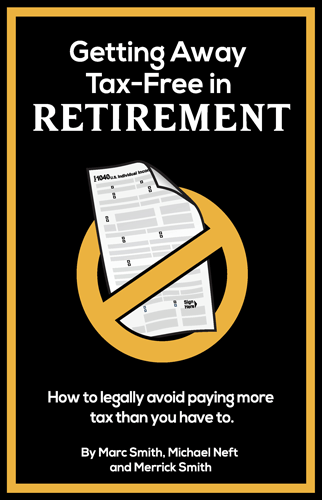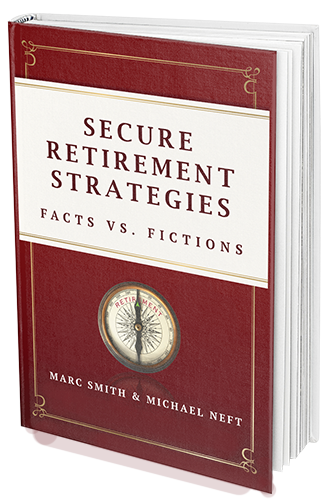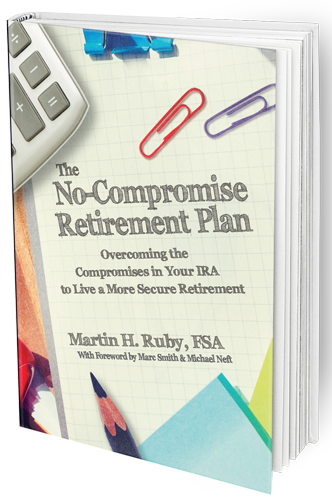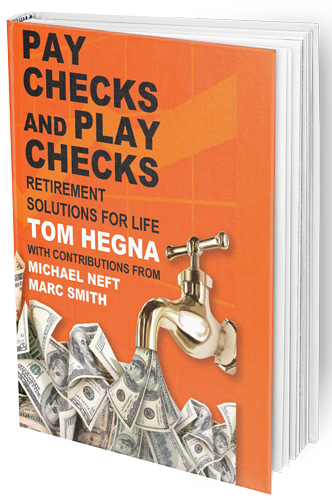How to Balance Your Tax Burden and Life Insurance Policy Premium Structure
Do you know if your LIRP (Life Insurance Retirement Plan) is properly structured to maximize cash value while reducing your tax burden? Working with a professional who is an expert with
the LIRP will ensure that you have the proper structure. In this article you will learn the best ways to ensure you are maintaining the proper balance of premium cost and future benefit so that
the LIRP is, indeed, a key component to your diversified portfolio.
What is a LIRP (Life Insurance Retirement Plan)?
A LIRP is a life insurance contract between you and an insurance company. If it is properly structured it will be an accumulation and distribution tool that can share the same tax
implications as a Roth conversion but with better flexibility in both the funding and distributions. It is designed to create a completely tax free pool of funds to be used in the future for any desired
combination of income, long term care and legacy.
How to structure your policy to reduce taxes
A properly structured LIRP uses either an indexed universal life policy or a whole life policy to accumulate cash over a period of time and then distribute that cash, fully tax free, to the owner of
the policy at his/her discretion. This is permanent life insurance structured to generate safe cash growth with the flexibility to adjust, as needed, the distributions. Premiums are paid over a
limited period of time to fit your schedule and, once fully funded, the proper structure ensures that the policy will never lapse or cease distributing tax free funds. Those funds can be used as
tax free income as well as covering long term care expenses. Ultimately, there will be some tax free death benefit for your heirs.
Strategies for managing taxes and policy expenses
Taxes have to go up in the future and many of you will find yourself paying higher tax rates in retirement than when you were working. We have been told by the media and government that
tax deferral is the way to go, even though when we do the math it’s not so. The average employee saved $896 for every $10,000 they put into tax deferral but will pay $1,500 to $2,400
it taxes when they take that out. The government benefits from that, not you. Don’t be afraid to pay less tax today rather than more tax tomorrow and establish sources for tax free income in the
future. The LIRP can accomplish both strategies!
The importance of seeking professional advice
It is important to understand the specifics of a LIRP designed especially for you. The best way to do that is to talk to a professional at Secure Retirement Strategies. We are experts at providing a properly structured LIRP. Your LIRP must match your stated financial goals and must be adaptable to changes that the future can bring. We’ll show you what the LIRP will give
you and why it will do so. They will work with you in the future to ensure your LIRP is always ready to respond to your needs.
Conclusion
Life insurance can be much more than a source of money for your heirs. It can be a valuable tax-free source of money.








